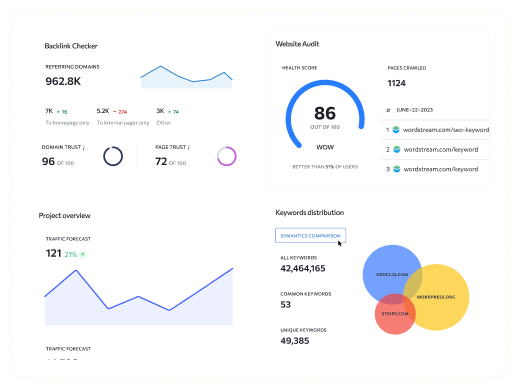A/B testing, also known as split testing, is a powerful method used by marketers to compare two versions of a webpage, email, or advertisement to determine which one performs better. However, determining the optimal sample size for your A/B tests is crucial to ensure reliable results and accurate insights. By calculating the right sample size, you can minimize the risk of false positives or negatives and make data-driven decisions with confidence.
Understanding A/B Testing Sample Size:
- What is A/B Testing Sample Size?
A/B testing sample size refers to the number of participants or observations required for each variant (A and B) in an A/B test to detect a statistically significant difference in performance between the two versions. - Why is Sample Size Important?
Sample size is essential because it directly impacts the reliability and validity of your A/B test results. Insufficient sample sizes may lead to unreliable conclusions, while excessively large sample sizes may waste resources and time.
Calculating Your Optimal Sample Size:
Determining the optimal sample size for your A/B test involves considering factors such as statistical power, significance level, effect size, and variability. While statistical formulas and online calculators are available to simplify the process, it’s essential to understand the key parameters involved in sample size determination.
FAQs:
What factors should I consider when calculating my A/B testing sample size?
A: Key factors to consider include statistical power, significance level (alpha), effect size (minimum detectable effect), and variability (standard deviation). These parameters influence the sensitivity and reliability of your A/B test results.
How do I determine the statistical power for my A/B test?
A: Statistical power represents the probability of detecting a true effect when it exists. A commonly used value for statistical power is 0.80, indicating an 80% chance of detecting a significant difference if one truly exists.
What significance level should I use for my A/B test?
A: The significance level, often denoted as alpha (α), determines the threshold for statistical significance. A commonly used significance level is 0.05, indicating a 5% chance of falsely rejecting the null hypothesis when it’s true.
How do I calculate the effect size for my A/B test?
A: The effect size represents the magnitude of the difference between the two variants in your A/B test. It’s typically expressed as a standardized measure, such as Cohen’s d for continuous variables or Cramer’s V for categorical variables.
Can I use online calculators to determine my A/B testing sample size?
A: Yes, several online calculators are available to help you determine the optimal sample size for your A/B test based on your desired statistical power, significance level, effect size, and variability. These calculators streamline the process and provide accurate estimates for sample size requirements.





